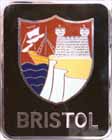January 2017, modifications for an oily plug
To overcome the 'oily plug' problem, no.2 getting oily and not working anymore after a few miles, Marco Gordini took in the 403 to study the situation. As a first step, he checked again the compression rate. The results:
Cyl no. 1: 9,7
no.2: 11,3
no.3: 11,0
no. 4: 11,0
no.5: 11,2
no.6: 8,9
This check had been made early during the restoration of the 403 and as the results were good (similar to these) we decided to leave the engine as it was. So, quite surprisingly, the cylinder with the highest measured compression rate is the one where the plug gets 'oily'; this does not support the hypothesis that a broken/sticky ring or a worn valve guide is the cause of this problem
To be safe, Marco changed the oil as this Castrol Vintage 2050W was put in only 6 months ago and the car was driven less than 600 miles since. He then put a 'cleaning' oil in the engine and ran it to remove any dirt that could be inside and that could have been moved during the first miles of driving. He says that the oil that came out of the engine after this cycle was extremely black and dirty, so it was clearly a good idea to have a good cleaning of the insides of the 100A
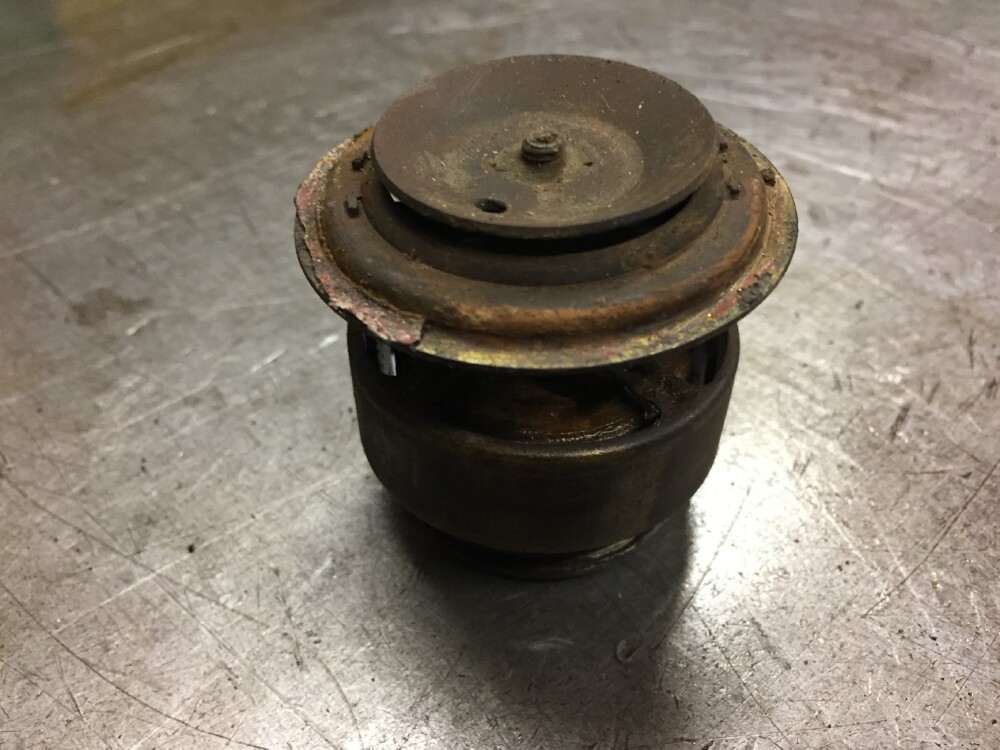
Andrea Gordini was thinking also that the engine was running too 'cold' to allow a good combustion in all the cylinders, an idea that was reinforced by the discovery that the thermostat was sticking in the 'fully open' position. Oddly enough, 2 months ago I changed the thermostat in my Jaguar XJR for exactly the same reason....even more oddly we changed lots of stuff all around the Bristol engine but we didn't think to change the thermostat. My fault

".. the three-score maladjusted sewing machines that seemed to be accommodated beneath the bonnet of the old two-litre wagon..."
(L.J.K. Setright writing about the Bristol 409, CAR, May 1967)
The 6-cylinder 100A engine of 403-1404 sounded indeed like a maladjusted sewing machine, especially when cold and anyway almost every time that I drove her in 2016, except when going to Villa d'Este when she went very well, probably spurred by the exceptionality of the event we were going to partecipate.
During the last few days of January 2017 I therefore decided that we had to mend the engine or rebuild it. Marco Gordini therefore made several adjustments and modifications to allow more warm air into the aspiration system of the 100A engine. A large flexible pipe running from over the exhaust manifold to the intake box (shades of Land Rover here....) seems to provide an answer

A new thermostat has therefore been fitted (mysteriously, Gordini had a brand-new one in stock....) and as we were at it, they fitted also six new CR4HSB NGK plugs. 'Hot' plugs will hopefully give a better spark and this might fix the problem, i.e. keeping that n.2 spark plug 'clean' at last. Of course I am well aware of the caution that you have to exercise with hot plugs, and that I could risk a holed piston, but on the other hand if even this doesn't fix it I'll have to rebuild completely the engine, not exactly what I would like to do now!

'Hot' spark plugs
30 January 2017: a new era?
Today I drove the 403 after all these adjustments were applied. It was not a long test drive as I was delayed by hospital duties, but when I drove the 403 I found a much better car. All 6 cylinders are working now and the water temperature is a bit more acceptable; this means that also the heater works better now....

The oil pressure seems good in every condition, when cold and engine at 3.000 rpm it's even too high, a whopping 80 lb/sq.ft; when it gets near a normal operating temperature it sets at more reasonable pressures, below the pics show the oil pressure with engine running at 3.000 rpm (left) and idling (right)
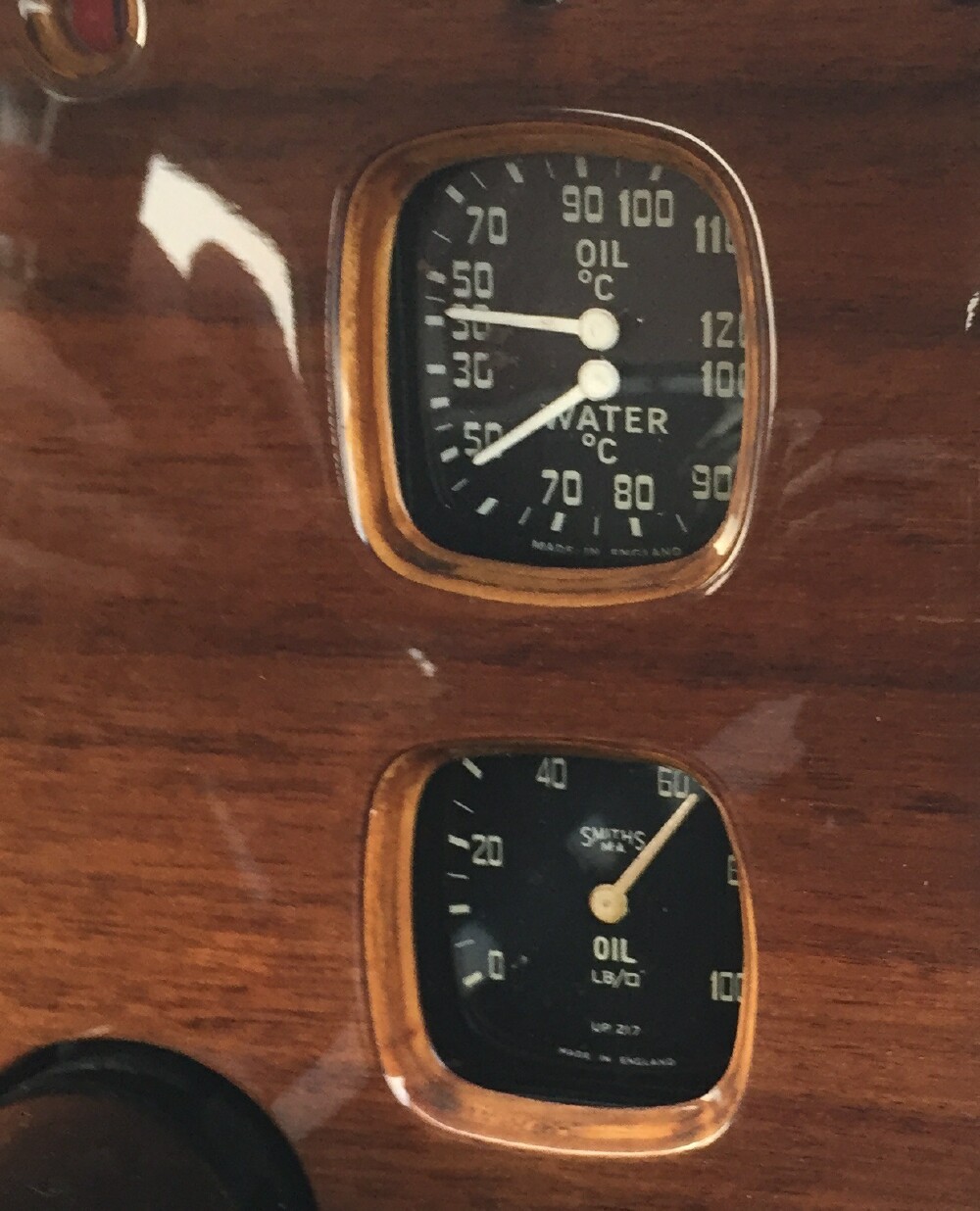
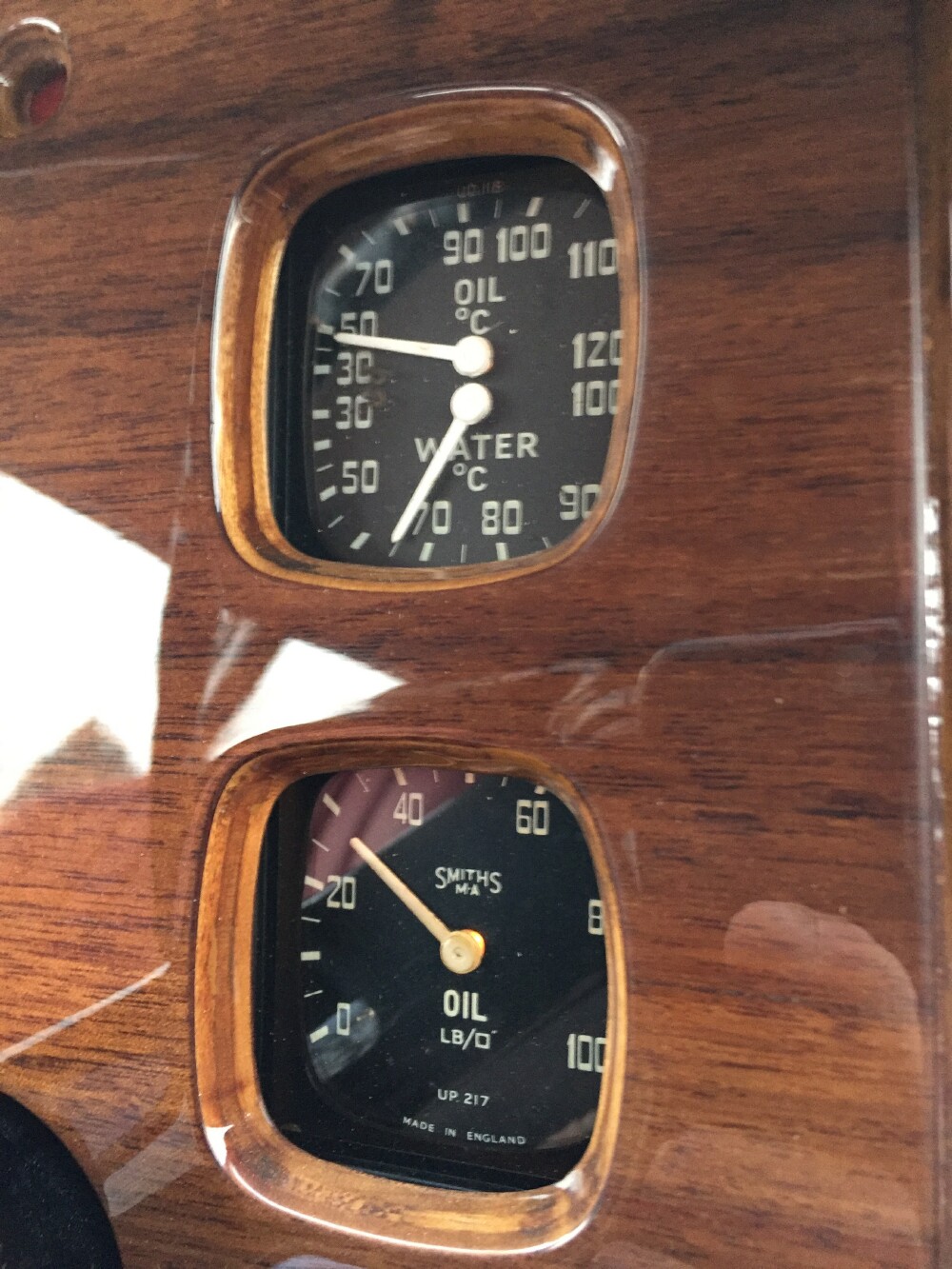
On the left picture, after some 30 minutes of driving around Bologna, water temperature still quite low and oil pressure 60+ lb/sq.ft, on the right the pic after a few minutes, the engine idling, pressure around 30. I think that the pressure is good in either condition. We decided to put in the engine the classic Castrol GTX 10-40W
From this short test drive (a longer one is scheduled for next week) I learnt that the words of warning about the Bristol 'six' not liking being driven while cold are absolutely correct. When I started the engine it was still rough, and for several miles it remained like this. It must be said that today the outside temperature in Bologna was +4°C/+7°C max. But when it reached a more 'normal' temperature, it really worked very well indeed
1 February
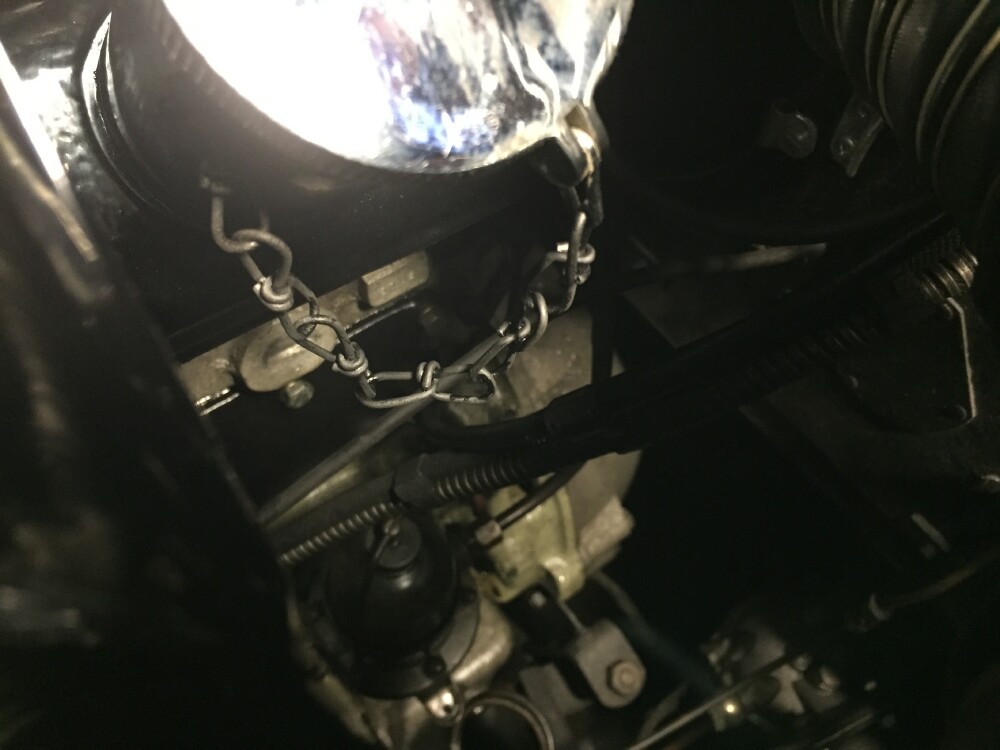
This chain was missing but it's nice to have it again, so you won't lose the oil cap
TIRES
The 403 is now on 6.00x16 Avon Turbospeeds and when they are inflated to the pressure recommended by BCL (24-26 p.s.i., less than 1,8 bar) the car drives horribly, unstable, wandering all over the place, in word: unsafe

Yesterday I stumbled upon the Avon web site (below) and found that in fact Avon itself recommend a much higher tire pressure: 46,4 p.s.i., or 3,2 bar
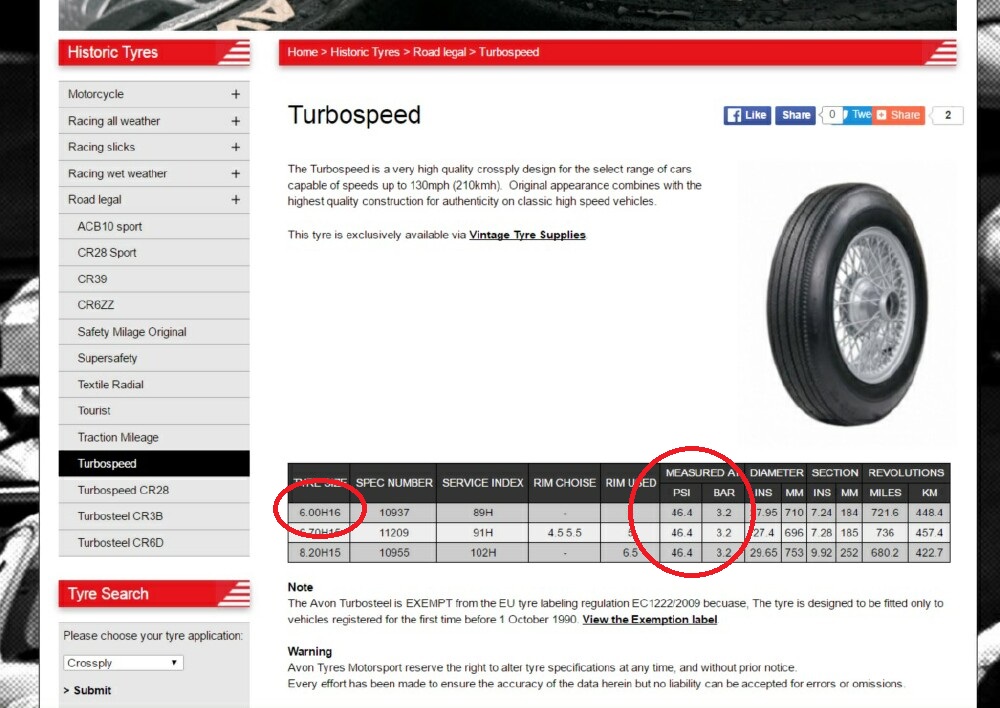
I asked Marco to pump the tires to 3,2; the 403 was instantly transformed, much more stable, directionally safe, much better handling....
Just in case, however, I've ordered 4 Michelin X and they will be fitted next week. I'll feel the difference, I'm sure
